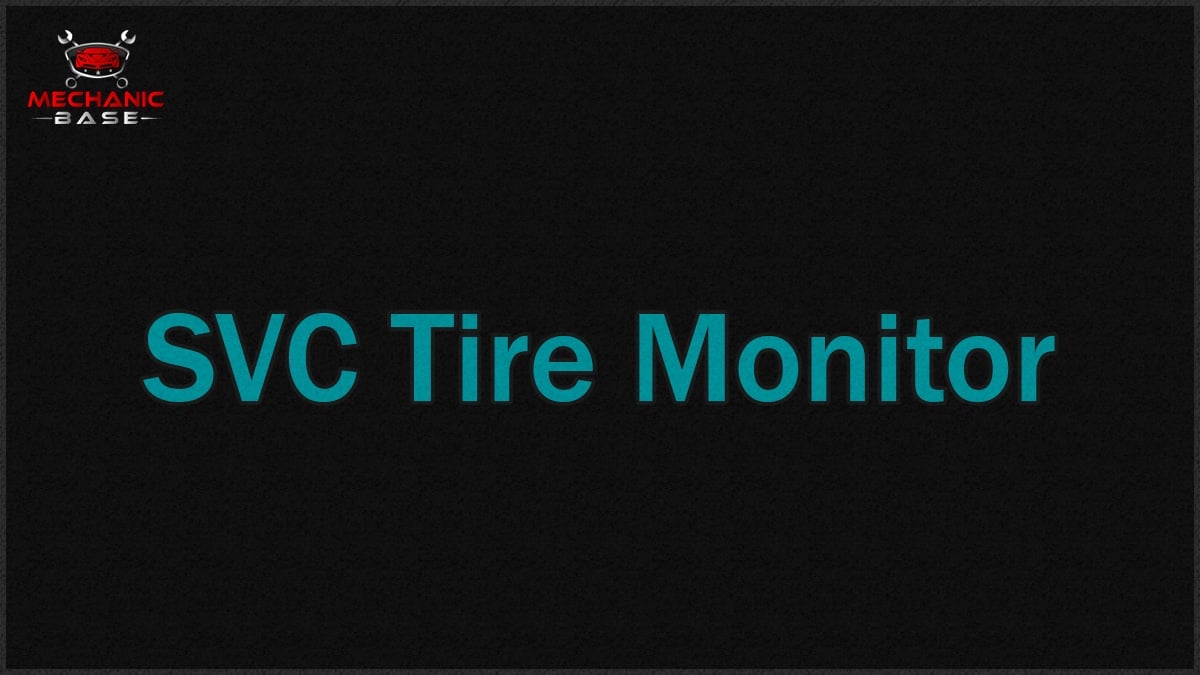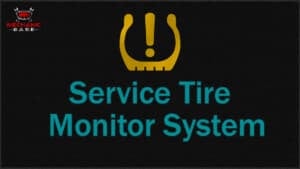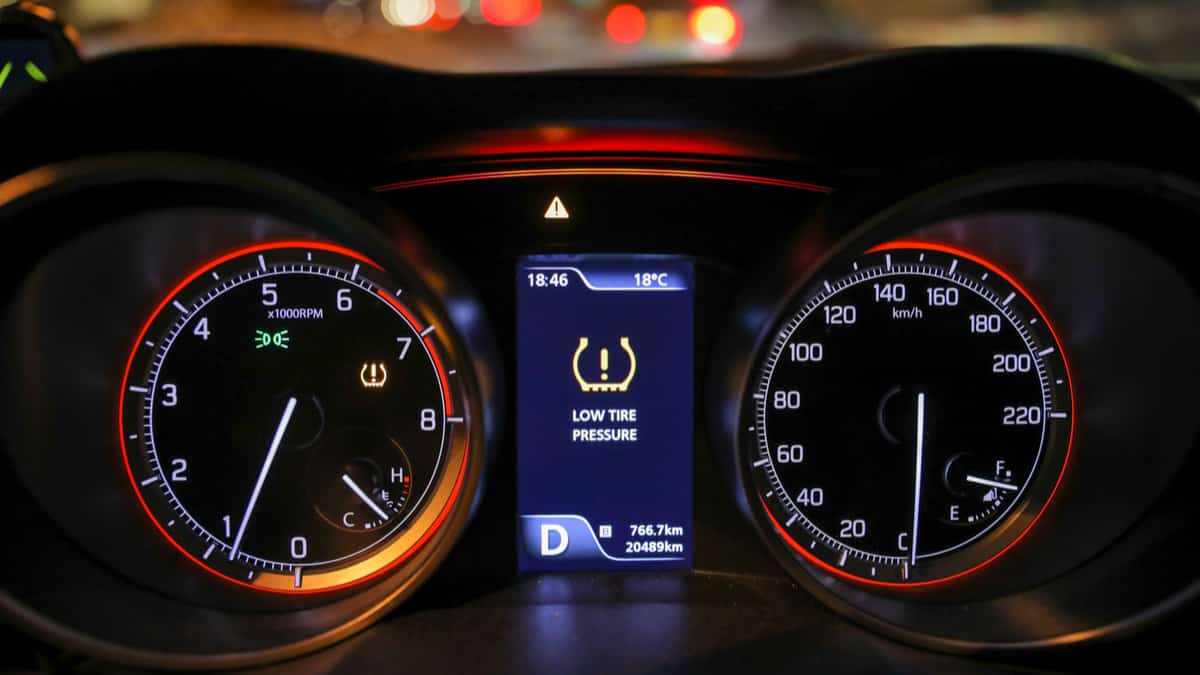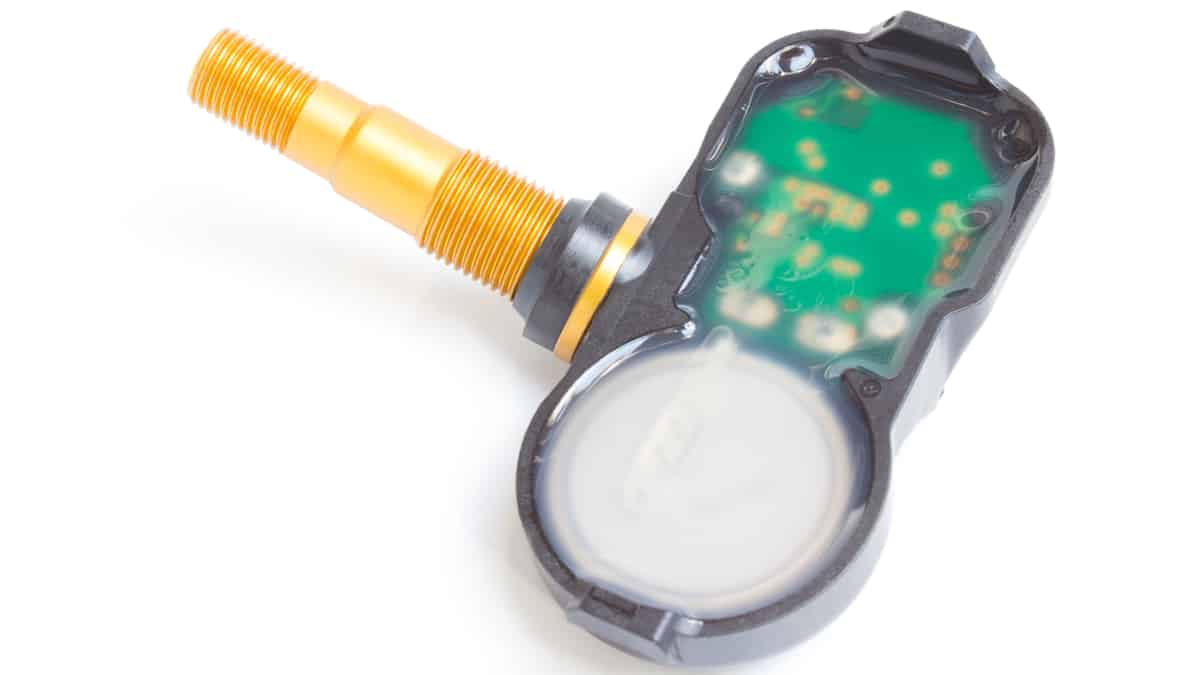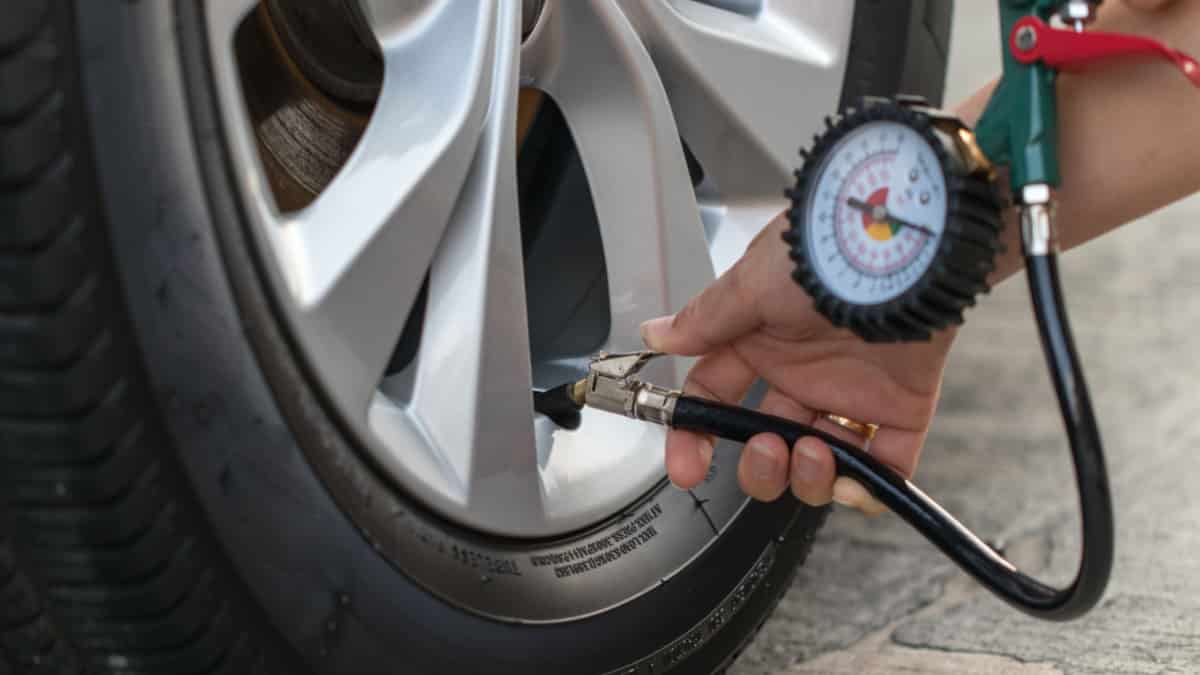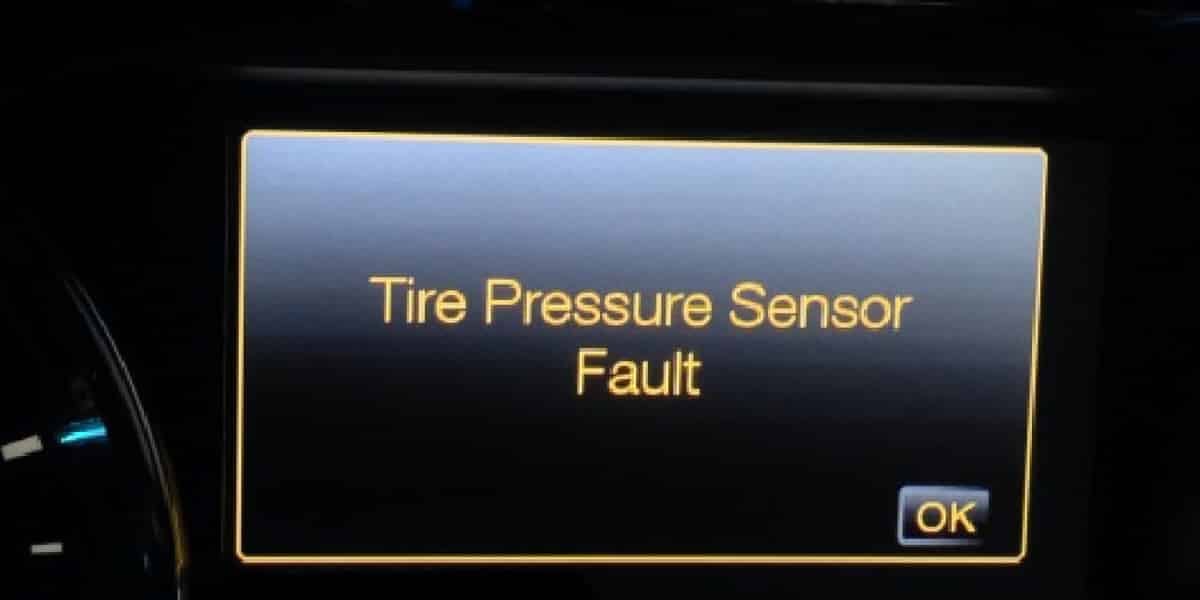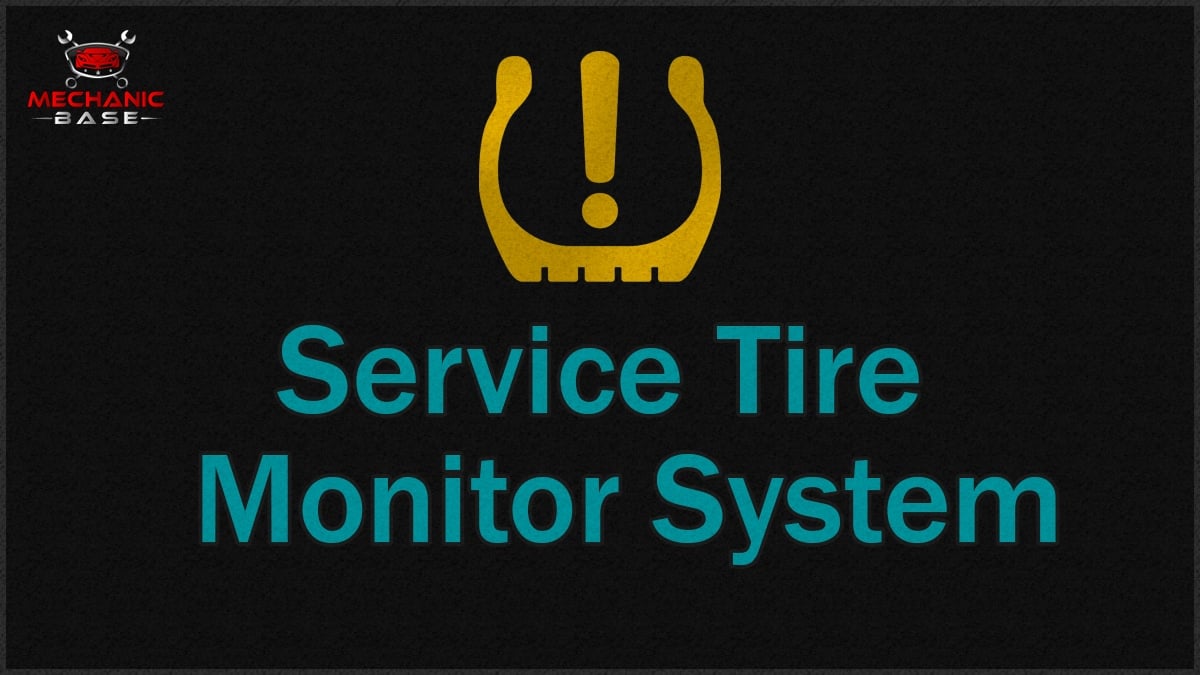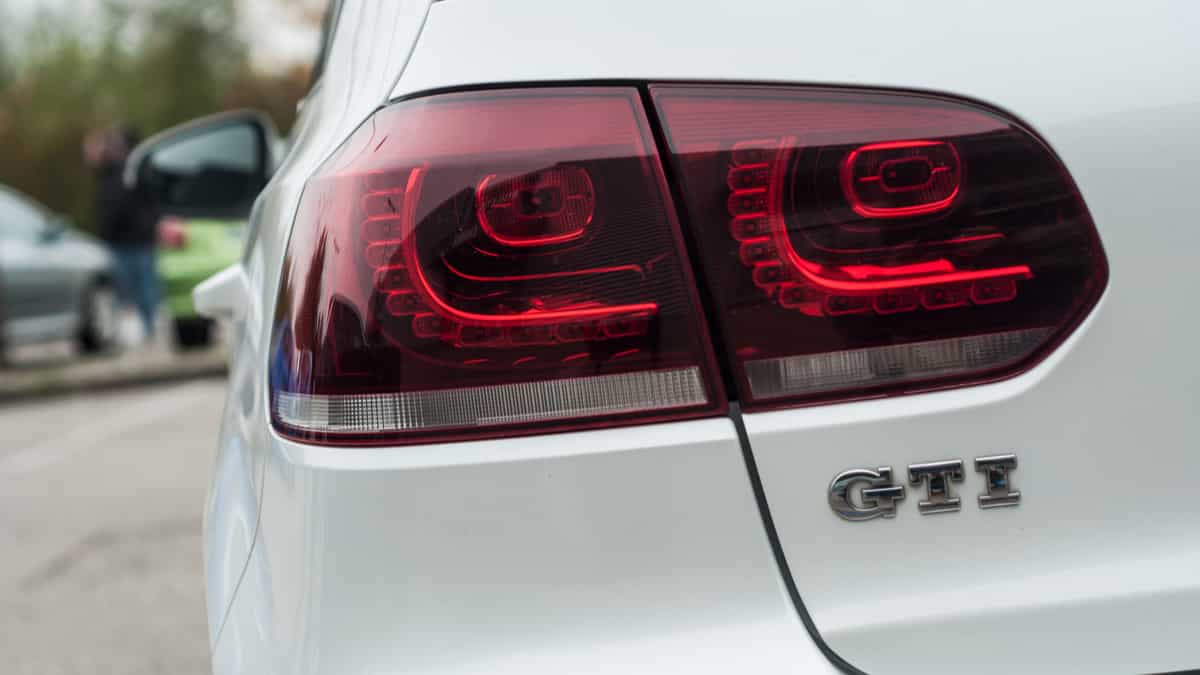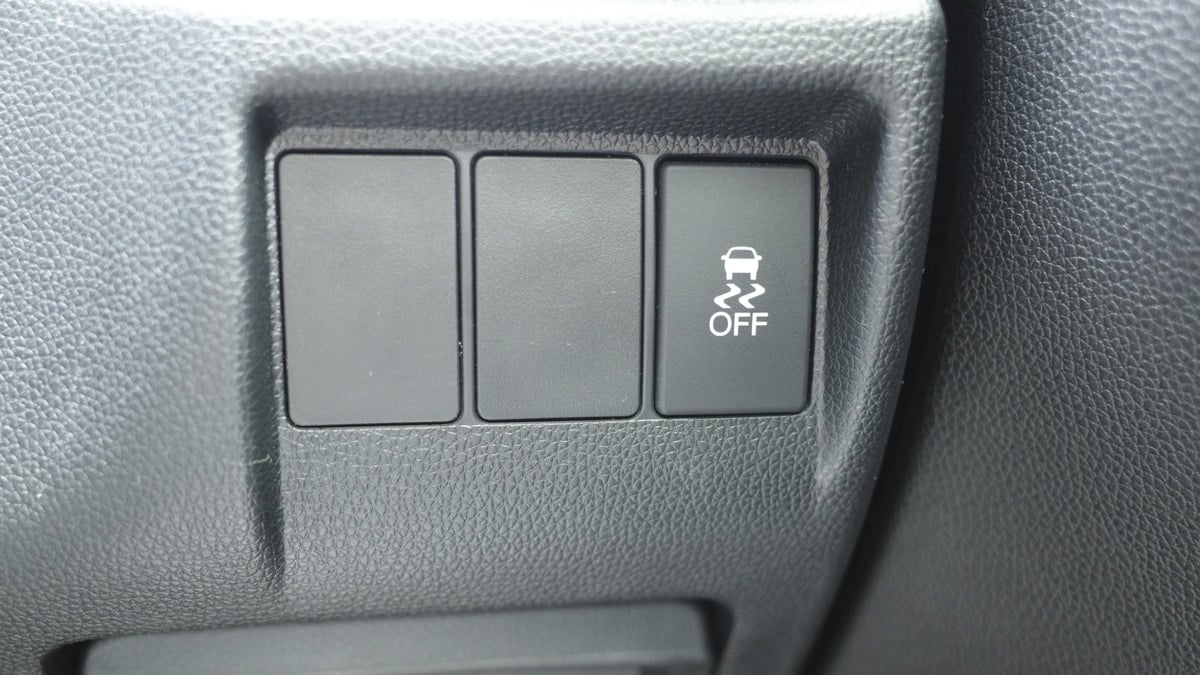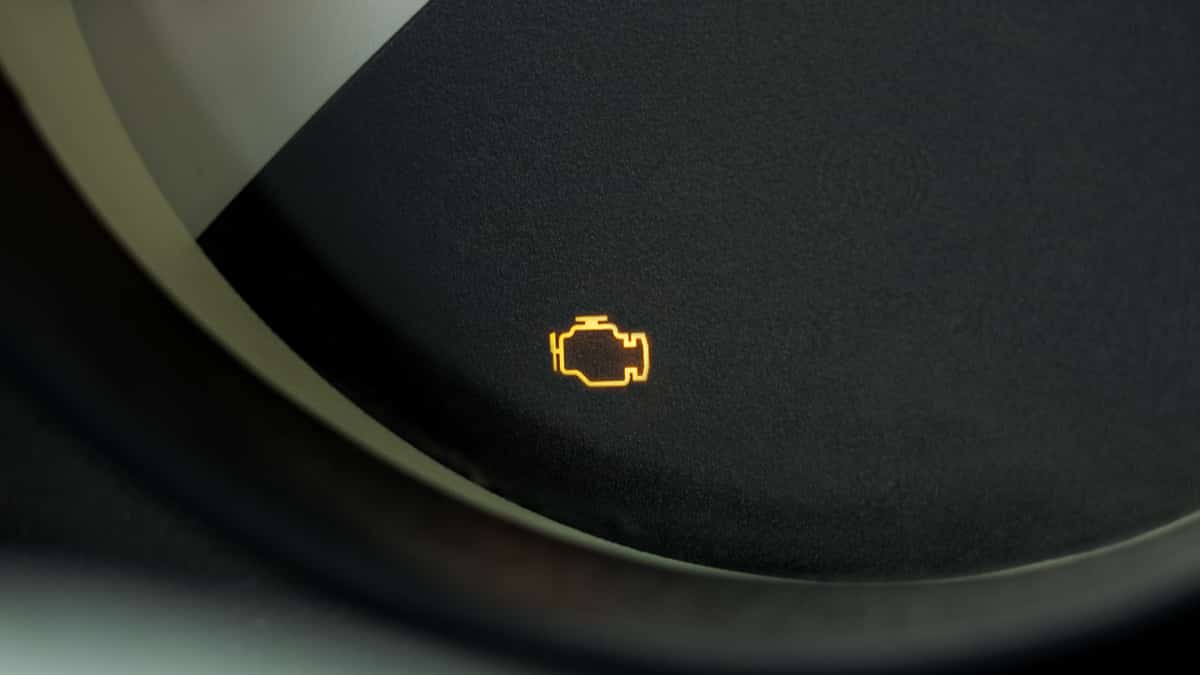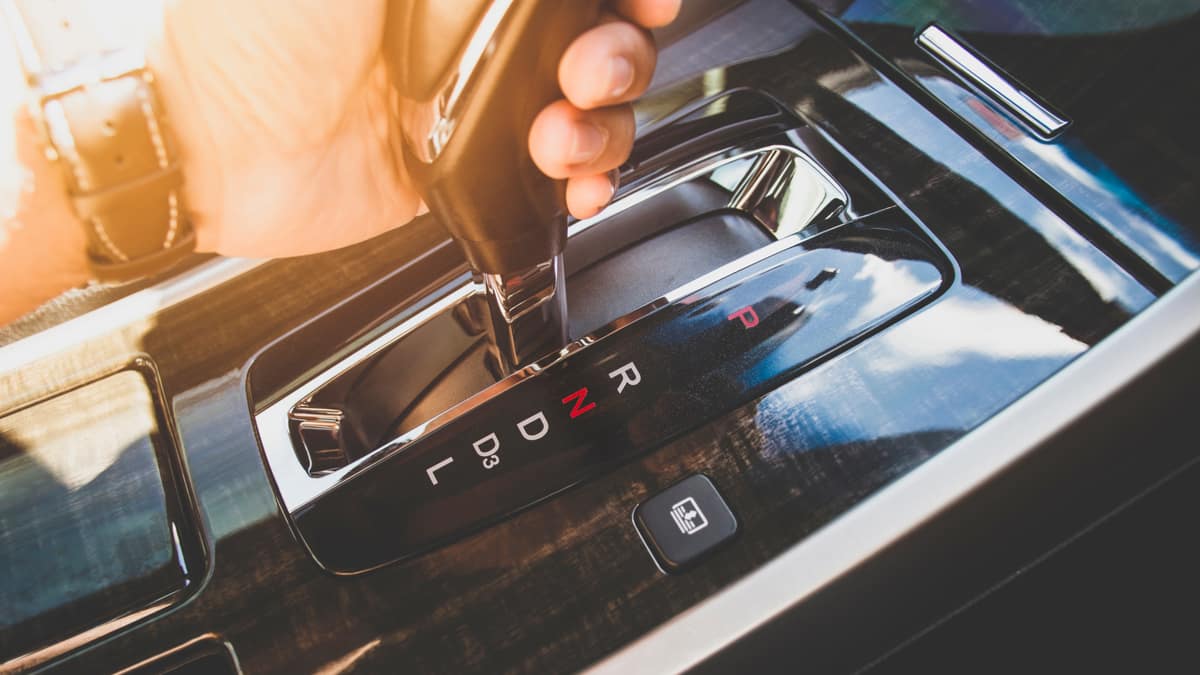Tire pressure is an important part of remaining safe on the road. In today’s modern vehicles, there’s a monitor to keep track of the tire pressure. When something is wrong with the system or the tire pressure is low, you may see the SVC Tire Monitor warning on the dashboard or infotainment display.
In this guide, we explain what the tire warning means and why it comes on. We also show you a few ways to fix the problem and explain the answers to your top questions.
What Does The SVC Tire Monitor Warning Mean?
The SVC Tire Monitor message means that either the tire pressure is low or there’s a fault with the monitoring system. You may see a picture that looks like a tire with an exclamation mark in the middle, along with a written message to get your attention.
Some vehicles go as far as letting you know how much air pressure is in each tire. In general, these messages appear once the tires have 25% less than the recommended air pressure. Additionally, if the vital components of the system fail, incorrect data might be sent, thereby causing the alarm to come on.
It’s common to see this warning message on many Chevrolet models, such as the Chevy Malibu, Cobalt, or HHR. You can also find it on other GM vehicles.
Causes of an SVC Tire Monitor Warning
Once the SVC Tire Monitor warning comes on, you know that there’s something going on with the tires or the monitoring system. Your problem could be lost memory in the sensor or that it’s faulty. You may have also changed the wheels without resetting the system or possibly have low tire pressure.
Let’s review all of these options in-depth.
1. Tire Pressure Sensor Lost Memory
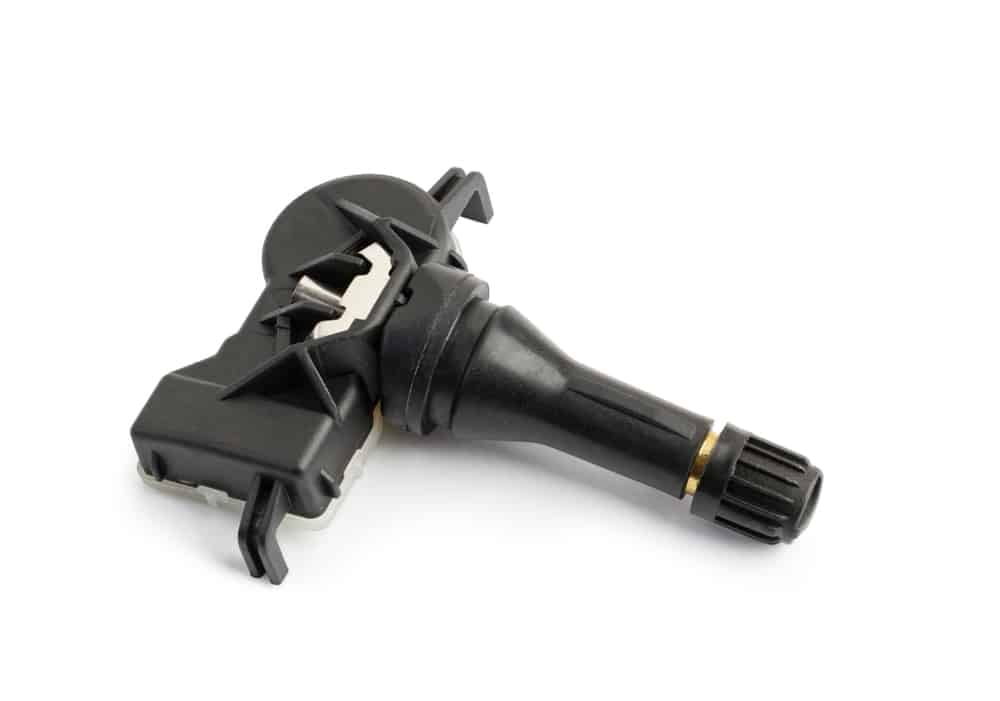
The TPMS sensor can lose connection with the main system. This happens because of low battery voltage or any other system interruption.
Without a connection, the computer believes there’s something wrong with the tire pressure. For this reason, the system recognizes a fault and the service light comes on.
2. Faulty Tire Pressure Sensor
There’s also the possibility that the tire pressure sensor went bad. Because of where the sensors are located, they are prone to failure. Dirt, debris and road grime are constantly being thrown against the sensors. It’s even worse if you drive down unpaved dirt roads. Add in the vibration and you are looking at even more frequent damage.
On average, the TPMS sensors should go five to ten years without needing to be changed. Thankfully, the repair isn’t overly complicated.
3. Changed Wheels Without Reset
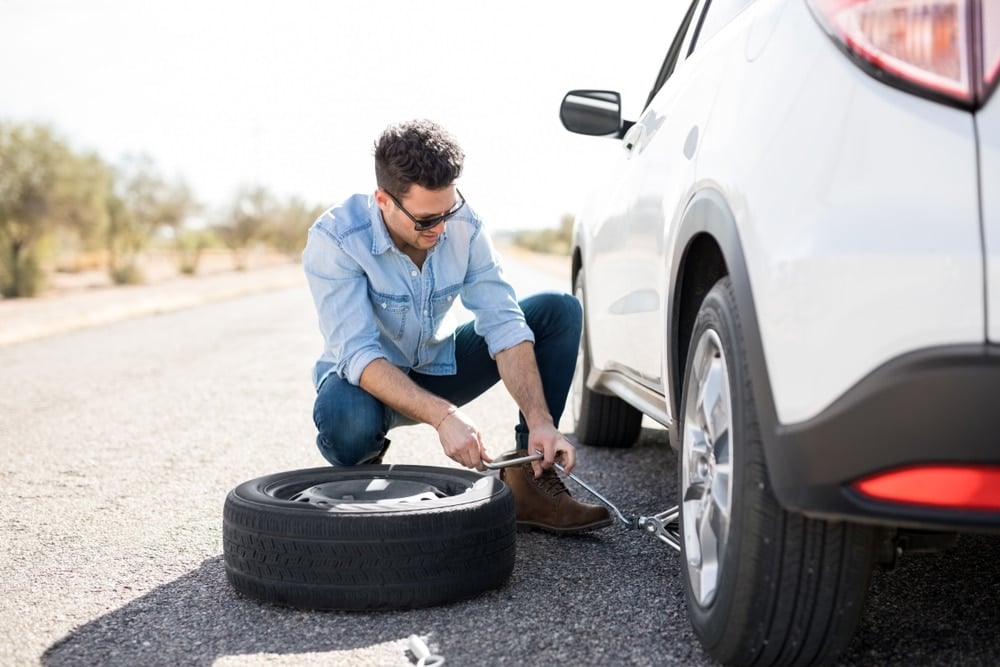
It can be fun to upgrade the wheels for something more stylish. You may also find that different wheels are needed for use with your winter tires. Either way, it’s important that new sensors are installed with these wheels to monitor the tire pressures.
If you don’t put sensors on the rims, the system will see a fault. Additionally, when the sensors are installed, they will need to be calibrated.
4. Tire Pressure Sensor Not Reset
The tire pressure sensors must be calibrated to work with the main sensors. If the connection is lost, they need to be recalibrated.
The same is true when new wheels are installed. Either way, a tire sensor that wasn’t reset and calibrated is going to throw an alarm in the system.
5. Low Tire Pressure
Above all, the most common reason for the TPMS light and the Service Tire Pressure warning is that one of the tires isn’t inflated properly. If the tires have lost air, the system is working just as it should.
Driving with low tire pressure is dangerous. Over time, the tires naturally leak a little air. Plus, temperature changes affect tire pressure. Otherwise, there could be a puncture in the tire that’s allowing air to leak out.
How To Fix A SVC Tire Monitor Message
If you have some basic tools and mechanical knowledge, you may be able to repair the fault on your own. Before you get started, read the factory service manual for any manufacturer-specific directions. Once you’ve brushed up on the basics, follow these steps.
1. Inflate or Deflate the Tires
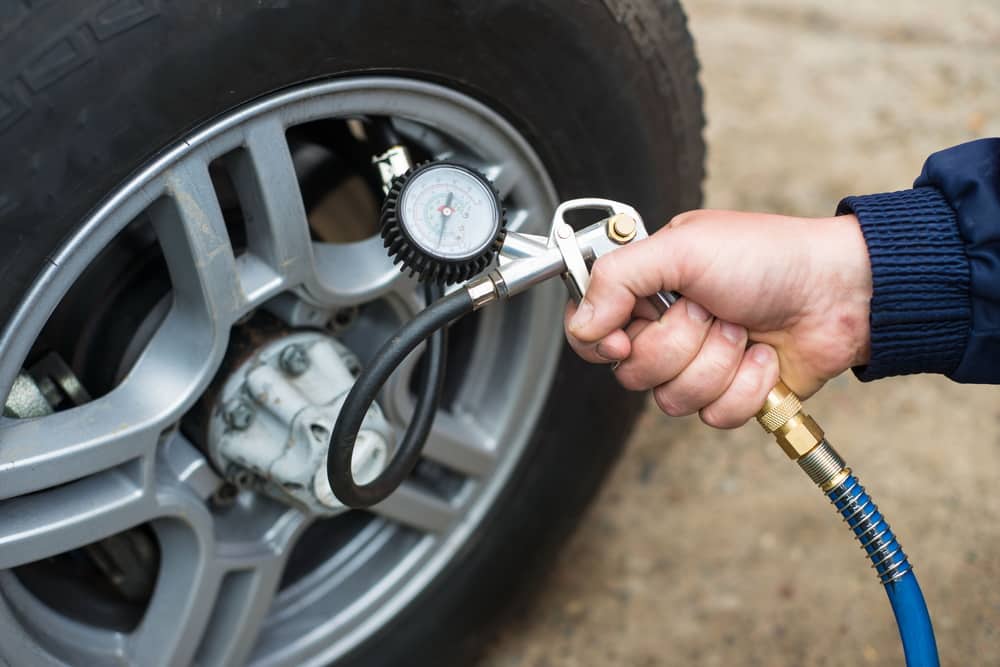
Before you do anything else, make sure the tires have the correct air pressure. If it’s too high or too low, the sensors could be on. This is the simplest fix, so it’s the best place to start.
To find the right amount of air pressure for your vehicle, look in the owner’s manual. Otherwise, the amounts are also listed on the driver’s side door jamb. There’s a card with all of the vehicle information, including how much the tires should be inflated.
With a tire pressure gauge, you can perform this check right at home. It’s best to check the pressures before driving the vehicle when the tires are still cool. If you have a portable air compressor or tire inflator, you can also add air without going anywhere. Otherwise, you will have to visit a local gas station or service center to get air.
READ MORE: How to Find the Correct Tire Pressure For Your Car (4 Steps)
2. Reset The Tire Pressure Light
Once you add air to your tires, the light should automatically reset. If it doesn’t, you may need to manually reset it. One of these methods may work.
- Drive for ten minutes at 50 mph or more. Once you stop and restart the car, the light should be reset.
- Turn the key to the ON position, but don’t start the vehicle. If your car has a TPMS reset button below the steering wheel, push it three times and let go. Start the car and let it run for twenty minutes.
- Inflate the tires to three more PSI than what’s recommended. Deflate the tires. Do this with the spare as well, just in case it has a sensor. After deflating the tires, refill to the recommended level to reset the light.
- Disengage the positive cable on the battery with the vehicle off. This will reset your clock, radio presets and other electronic functions. Turn on the key and wait. This should drain the remaining power to reset the sensor light. Hook the battery up and try again.
If none of these methods work, you may need to jump to step #5. A professional may have another procedure that’s specifically meant for your vehicle.
READ MORE: How to Reset Tire Pressure Light (TPMS) – By Car Model
3. Read Trouble Codes
If other lights are on the dash, there could be something larger going on. For example, if the traction control light or Check Engine Light are illuminated, you want to find out what’s happening.
With a compatible code scanner, you can read the system. Then, cross-reference the information with our online trouble code library and fix whatever problems exist.
4. Reprogram Tire Pressure Sensors

If you swap out wheels or get new sensors installed, they must be reprogrammed. If you have a TPMS calibration tool, you can do this at home.
You may also be able to get the sensors to connect by following one of our relearn procedures listed above. Otherwise, it’s time to bite the bullet and move to the next step.
5. Contact A Professional
If you have a local tire shop, it might be time to visit for help. Your tire shop mechanics have the tools and equipment to diagnose and fix the problem quickly.
The cost of repair depends on what’s wrong. On average, it may cost $50 to $150 to replace and calibrate one sensor. On some vehicles, a replacement can be slightly more complicated.
Can you drive with the SVC tire monitor warning on?
There’s nothing stopping you from driving even though the monitor is on. Your car will physically run. However, it’s not safe to drive with low tire pressure. The tires can blow out and cause an accident. Even if the pressure is right, you won’t know if something else goes wrong with the system while the light is on.
How do I reset my SVC tire monitor warning?
First, you want to fix whatever is causing it. Once the problem is resolved, the warning may reset on its own. Otherwise, reset procedures should be laid out in your factory service manual since they can be manufacturer-specific. If you need more help, visit a local tire shop.
How much does it cost to fix a tire monitor system?
It’s free to add air if you have a compressor or inflator at home. Otherwise, if you need to have a tire sensor replaced and recalibrated, you may spend $50 to $150 for each one. This cost is on top of any other work you have done, such as getting new wheels.
How long do tire monitor sensors last?
Tire pressure sensors are meant to last five to ten years in normal conditions. Because the sensors sit on the wheel, they are prone to premature failure if you drive down dirt roads. Any grime, mud and debris can lead to early wear, along with excessive amounts of vibration.
It’s important that you take the SVC Tire Monitor warning seriously. This important alert is trying to tell you that the tires are either improperly inflated or there’s an issue with the sensor. Either way, your drive could be in danger. Remember that your car tires are the only part of the vehicle actually touching the road. Therefore, it’s more important than ever to consider the health of the tires and their corresponding sensors.
As professional mechanics, we can tell you how much damage and even accidents we’ve seen caused by improper tire inflation. Don’t be another one of the statistics. Take action at the first sign of a problem.
Learn more:
- Tire Pressure Light: Meaning, Causes (& How To Fix)
- Tire Pressure Light Blinking: Meaning, Causes & How To Fix It
- Low Tire Pressure Light Is On But Tires Are Fine – Causes & Fix
Categories: Tires, Warning Lights
